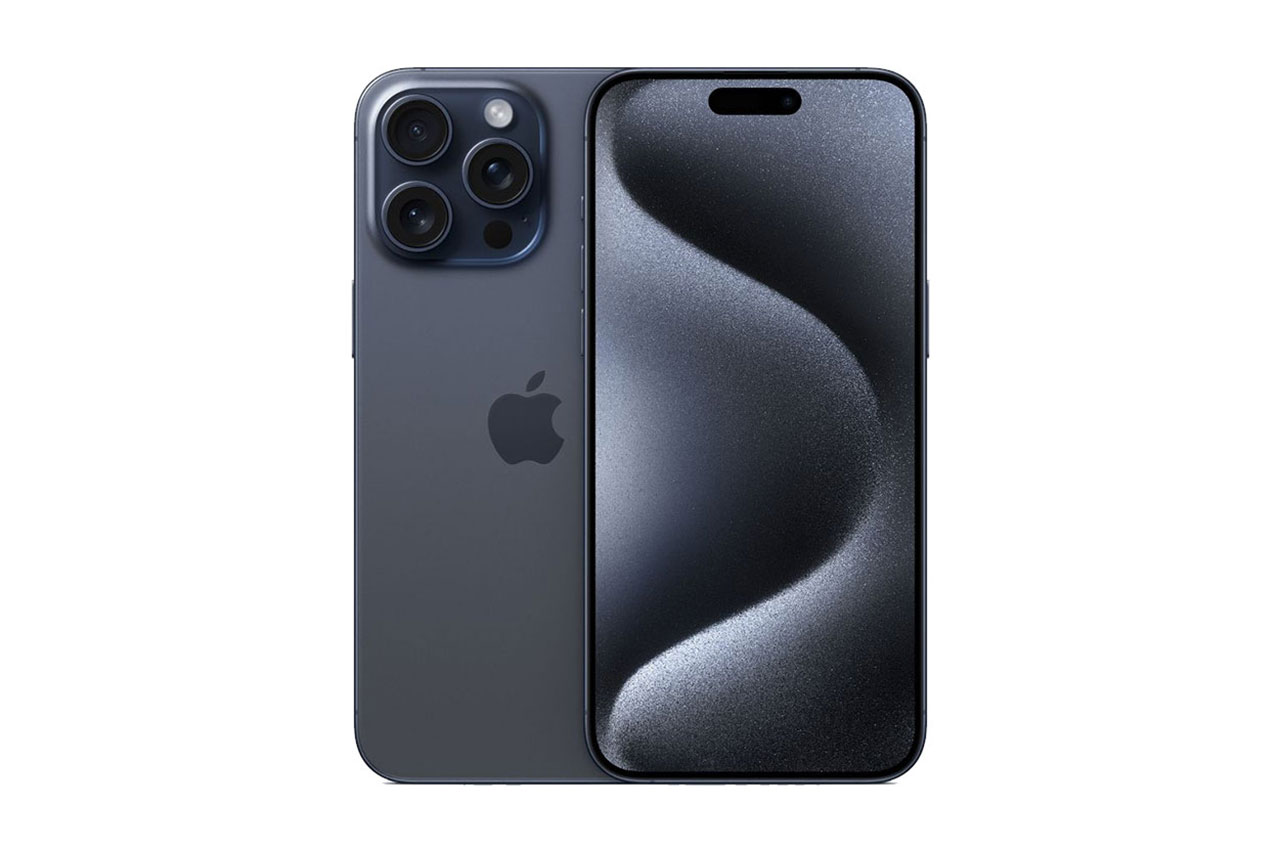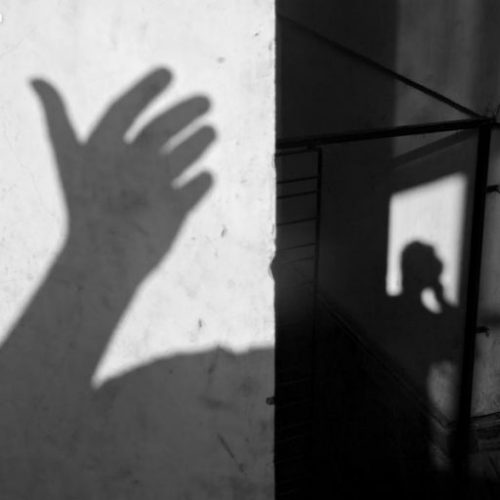
It’s been a little over a decade since Fujifilm launched its first camera with an X-Trans sensor, the Fujifilm X-Pro1, way back in January 2012. With a color filter array that samples red, green and blue pixels in every horizontal line and vertical column, X-Trans sensors are designed to more evenly sample the color information across the image. This, in turn, allows better resistance to color moiré versus the more traditional Bayer filter, which skips either the red or blue pixels in every other line or column.
The downsides of the X-Trans approach are twofold. With a larger 6×6 pattern rather than the 2×2 of Bayer, it makes the task of demosaicing the color data not just unique to Fujifilm cameras – requiring software makers to implement more custom code – but also more processor-intensive and challenging to optimize. And French software maker DxO‘s equally unique approach of denoising prior to demosaicing further complicated the situation. So for years it simply eschewed X-Trans support altogether, offering Fujifilm camera support only for its Bayer-based models.





